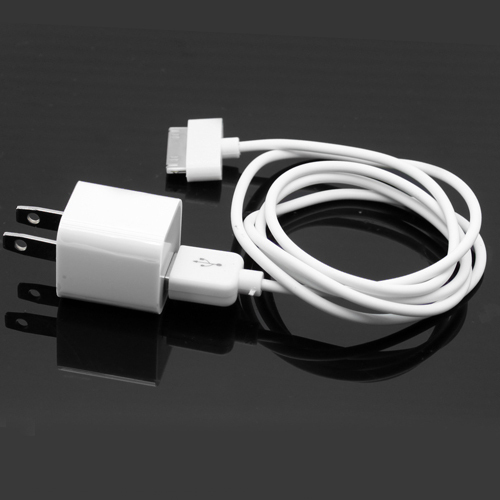iPhone Power Revisited: Still Less Than a Fridge

In August Mark Mill’s paper “The Cloud Begins with Coal” claimed that that the annual energy use of an iPhone exceeded that of a standard refrigerator. In my response I showed where his calculations were flawed, and that his claim didn’t hold up (a number of others also offered critiques). However, I also said that he made some important points about the energy cost of mobile data.
About 10 days ago Mark published a rebuttal defending his original computation, and adding a new calculation that he claims supports his case. This effort was disappointing - while his original paper raised some interesting values, this one offered nothing new.
I’m totally in the camp with Rob Atkinson, believing that we should be far more interested in multiplying the ample societal value of smart phones and related technology, as opposed to angsting about whether it uses more or less power than a fridge. However, I’m a computer guy, so information and facts matter to me and here’s my response.
iPhone v. Fridge, Again
As far as I can tell, Mark made no fundamental changes to his core calculation from the first time. When he got to the part that I critiqued, his use of approximately 12GB per mobile user per month or over 7x the real industry average, he makes the following statement: “Note that this is, perforce, higher than the average in the above survey, but today’s heavy user becomes tomorrow’s average user."
I’m sorry Mark, but when we’re trying to compare two things that are close, you can’t just knowlingly use a variable that’s many multiples off of reality. Using the real number brings your iPhone energy down to half of the fridge, even with the other factors thrown in.
And worse, those aren’t tomorrow’s numbers either. Using the chart on page 27 of your original paper we see estimates in the 6-8 Exabytes/month range for mobile data in 2015, while page 7 shows 2.5B - 3B mobile devices. That suggests gains in bandwidth per month, but still multiple times less than you suggest will happen tomorrow. Other papers you cite show similar growth.
Ruling on the field: handwaving about timeframes doesn’t change the result. Energy advantage still goes to the iPhone.
